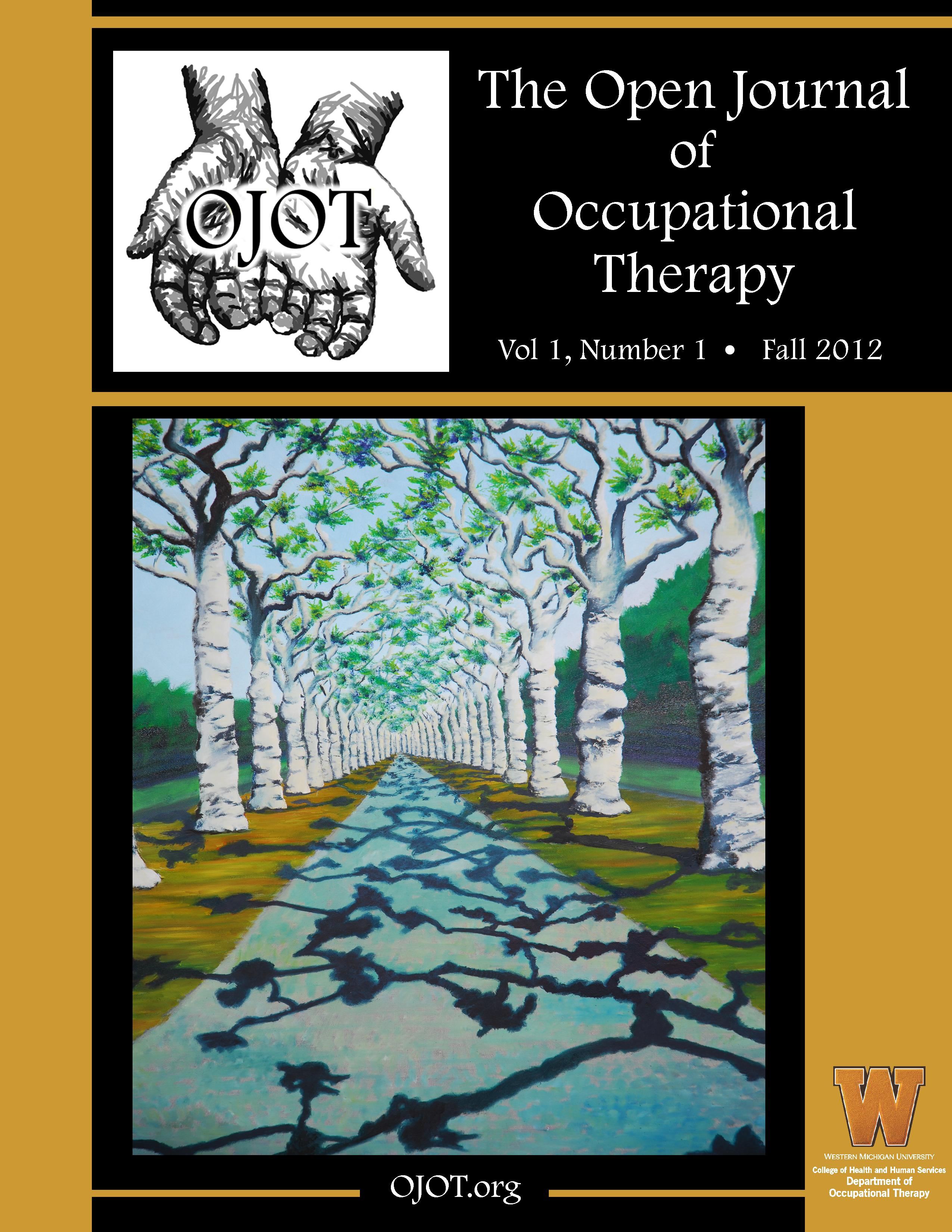ScholarWorks > HHS > OT > OJOT > Vol. 2 > Iss. 4 (2014)
Credentials Display
Amy Wagenfeld, PhD, OTR/L, SCEM, CAPS
Ben Atchison, Ph.D., OTR/L, FAOTA
Abstract
Background. This study examines how and why occupational therapy practitioners across practice areas use gardening as an intervention. Respondents’ interpretation of the best and least desirable aspects of their facility’s garden and whether they contributed to its design was also examined.
Method. A description and link to a 15-question online survey about gardening as an occupational therapy intervention was emailed to Western Michigan University Occupational Therapy alumni and posted on four OT Connections groups and the AOTA LinkedIn site.
Results. Gardening as an occupational therapy intervention is meaningful and purposeful (93.66%, n = 56), motivating (80%, n = 48), fun 61.67% (n = 37), and client-centered (31.67%, n =19). Frequency of gardening as a therapeutic intervention and practitioner involvement in designing the garden was significant (p = .007), suggesting that for respondents, environmental context supports engagement and heightens the meaningfulness and purposefulness of gardening.
Conclusion. Based on results of this study, a suggested next step is evidence-based translational and intervention research to validate the efficacy of gardening as an occupational therapy intervention and occupational therapy practitioners’ professional value as implementers of such intervention. Assessing the effectiveness of the role of occupational therapy practitioners in facility garden design is also important to consider.
Recommended Citation
Wagenfeld, A., & Atchison, B. (2014). “Putting the Occupation Back in Occupational Therapy:” A Survey of Occupational Therapy Practitioners’ Use of Gardening as an Intervention. The Open Journal of Occupational Therapy, 2(4). https://doi.org/10.15453/2168-6408.1128


